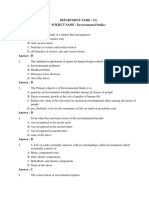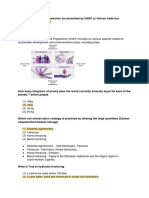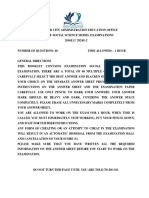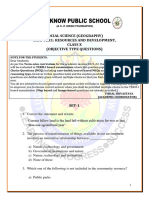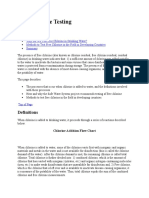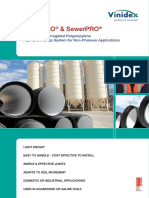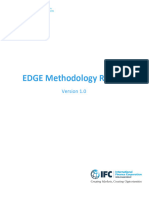0% found this document useful (0 votes)
9 views9 pagesGeography Worksheet For Grade 12
The document is a Geography Worksheet for Grade 12 students, covering various topics related to climate classification, resource management, and sustainable development. It consists of multiple-choice questions designed to assess students' understanding of geographical concepts and their implications. The worksheet also emphasizes the importance of governance and community involvement in managing natural resources and addressing conflicts.
Uploaded by
mengeshagetnet53Copyright
© © All Rights Reserved
We take content rights seriously. If you suspect this is your content, claim it here.
Available Formats
Download as PDF, TXT or read online on Scribd
0% found this document useful (0 votes)
9 views9 pagesGeography Worksheet For Grade 12
The document is a Geography Worksheet for Grade 12 students, covering various topics related to climate classification, resource management, and sustainable development. It consists of multiple-choice questions designed to assess students' understanding of geographical concepts and their implications. The worksheet also emphasizes the importance of governance and community involvement in managing natural resources and addressing conflicts.
Uploaded by
mengeshagetnet53Copyright
© © All Rights Reserved
We take content rights seriously. If you suspect this is your content, claim it here.
Available Formats
Download as PDF, TXT or read online on Scribd
/ 9




























